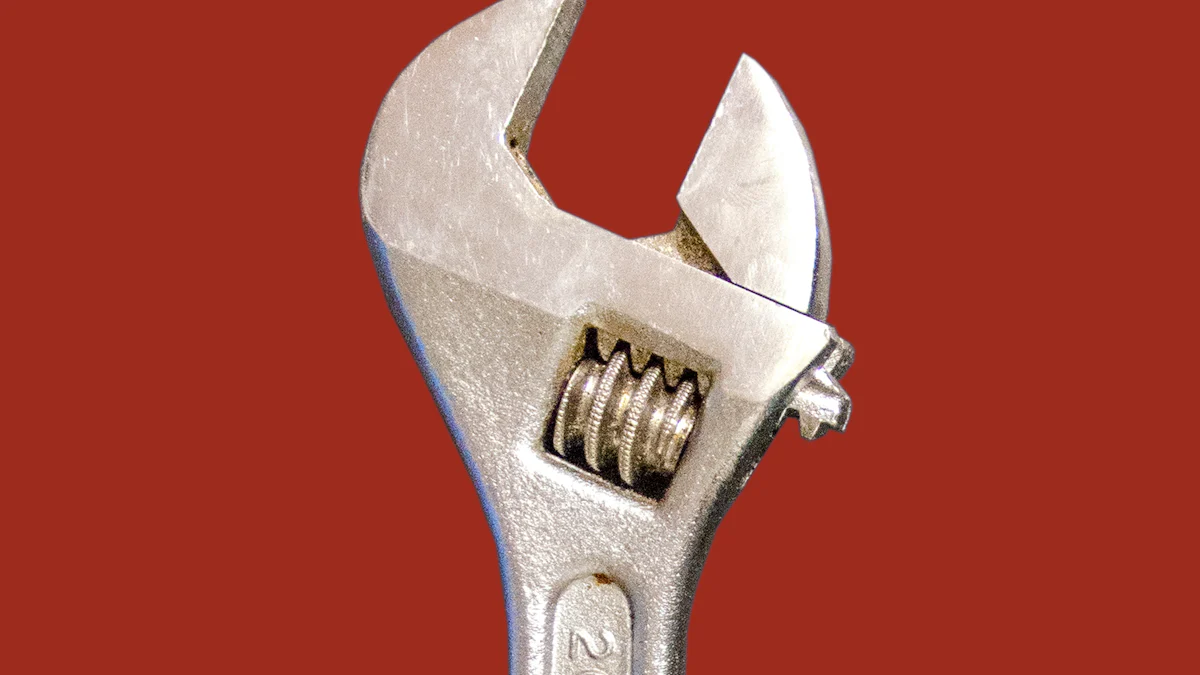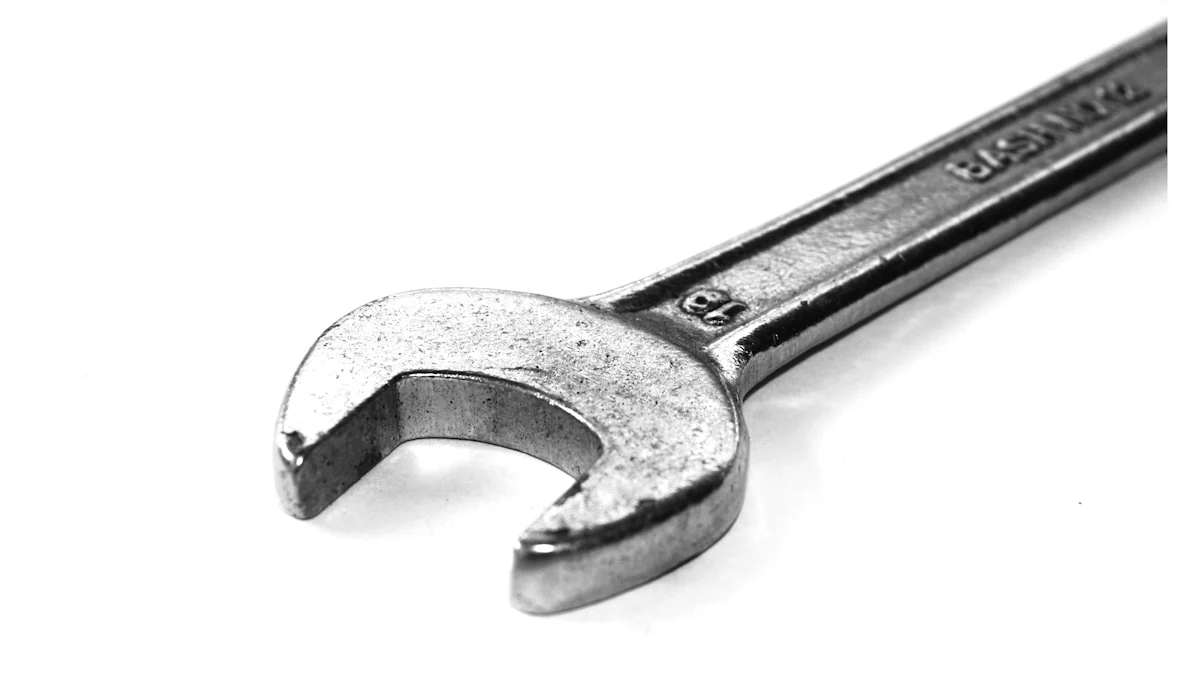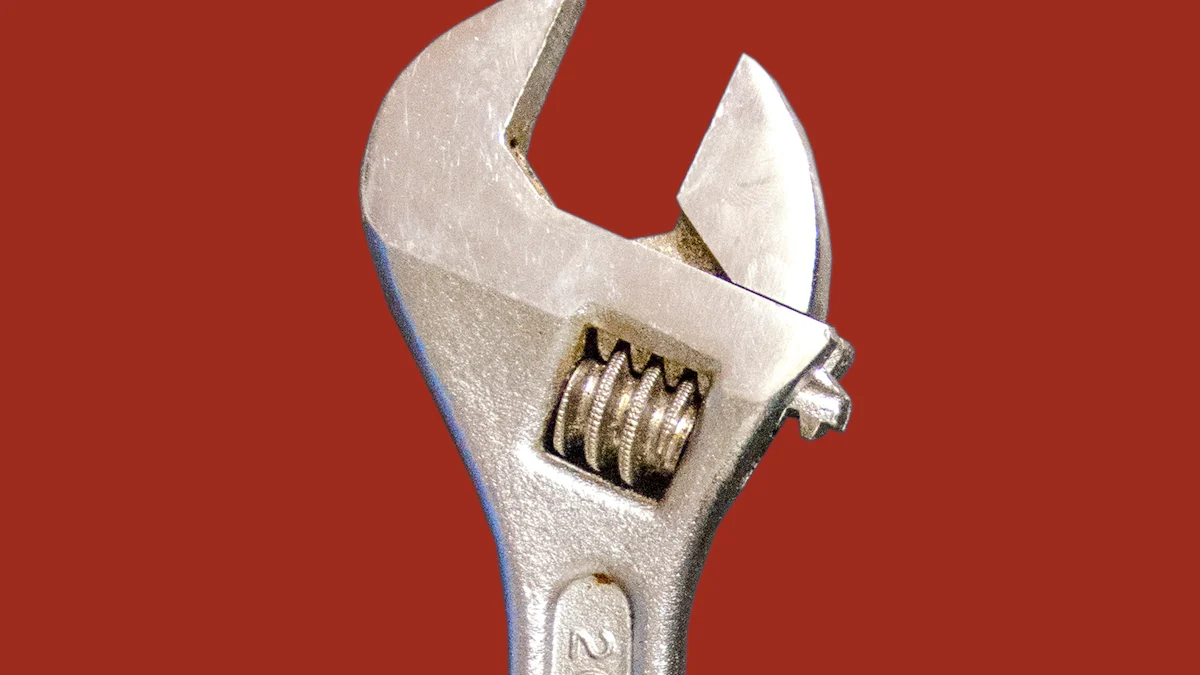
A flywheel spanner wrench is a special tool that auto mechanics use to turn the flywheel when installing a pressure plate for a clutch on a standard shift vehicle. This tool plays a crucial role in automotive and mechanical work. Mechanics rely on the flywheel spanner wrench to hold the starter cup, adjust the clutch, and lock the crankshaft. High-quality materials like carbon steel ensure durability and long-term use. Proper use of this tool makes tasks like torquing flywheel bolts easier and more efficient.
Understanding the Flywheel Spanner Wrench

Components of a Flywheel Spanner Wrench
Arms
The arms of a flywheel spanner wrench provide the necessary leverage to turn the flywheel. Mechanics adjust the arms to fit different sizes of flywheels. The arms must be sturdy to handle the torque applied during use.
Hooks
Hooks secure the flywheel spanner wrench in place. The hooks engage with the slots on the flywheel, ensuring a firm grip. Proper engagement of the hooks prevents slippage and enhances safety during operation.
Spring
The spring maintains tension on the arms and hooks. This tension ensures that the flywheel spanner wrench stays in position. A well-maintained spring contributes to the tool’s effectiveness and reliability.
Types of Flywheel Spanner Wrenches
Fixed Arm Wrenches
Fixed arm wrenches have non-adjustable arms. These wrenches fit specific flywheel sizes. Fixed arm wrenches offer simplicity and ease of use for particular applications.
Adjustable Arm Wrenches
Adjustable arm wrenches provide versatility. Mechanics can adjust the arms to fit various flywheel sizes. This type of flywheel spanner wrench is ideal for those who work on different vehicles.
Importance of Quality Materials (e.g., Carbon Steel)
High-quality materials like carbon steel ensure durability. Carbon steel resists wear and tear, extending the tool’s lifespan. Investing in a flywheel spanner wrench made from quality materials guarantees long-term use and reliability.
Step-by-Step Guide to Using the Flywheel Spanner Wrench

Preparing the Flywheel Spanner Wrench
Adjusting the Arms
Mechanics start by adjusting the arms of the flywheel spanner wrench. The arms must fit the specific size of the flywheel. Proper adjustment ensures a secure grip.
Ensuring Proper Fit
Ensuring a proper fit involves checking the alignment of the arms with the flywheel slots. A correct fit prevents slippage during use. Mechanics verify the fit before proceeding.
Inserting the Flywheel Spanner Wrench into the Flywheel Slots
Positioning the Wrench
Positioning the flywheel spanner wrench correctly is crucial. Mechanics align the hooks with the flywheel slots. The correct position guarantees effective operation.
Securing the Spring with the Hooks
Securing the spring with the hooks maintains tension. The spring ensures that the flywheel spanner wrench stays in place. Mechanics attach the upper and lower ends of the spring to the hooks.
Practical Applications of the Flywheel Spanner Wrench
Holding the Starter Cup
The flywheel spanner wrench holds the starter cup during maintenance. This application prevents movement and allows for precise adjustments. Mechanics rely on the tool for stability.
Adjusting the Clutch
Adjusting the clutch becomes easier with a flywheel spanner wrench. The tool provides the necessary leverage. Mechanics achieve accurate adjustments with minimal effort.
Locking the Crankshaft
Locking the crankshaft is another essential application. The flywheel spanner wrench secures the crankshaft in place. This function is vital during engine repairs and maintenance.
Tips for Efficient Use and Maintenance
Proper Storage
Avoiding Rust
Store the flywheel spanner wrench in a dry place. Moisture causes rust, which weakens the tool. Use a protective cover or case to keep the wrench dry.
Keeping Components Clean
Clean the flywheel spanner wrench after each use. Remove dirt and grease with a clean cloth. A clean tool performs better and lasts longer.
Regular Inspection
Checking for Wear and Tear
Inspect the flywheel spanner wrench regularly. Look for signs of wear and tear on the arms, hooks, and spring. Early detection of damage prevents accidents.
Replacing Damaged Parts
Replace any damaged parts immediately. Worn-out components reduce the effectiveness of the flywheel spanner wrench. Using a wrench with damaged parts increases the risk of injury.
Lubrication
Types of Lubricants
Use high-quality lubricants on the flywheel spanner wrench. Lubricants like machine oil or silicone spray work well. Proper lubrication ensures smooth operation.
Frequency of Application
Lubricate the flywheel spanner wrench regularly. Apply lubricant after every few uses. Regular lubrication prevents rust and reduces friction.
Testimonial:
“I use a 2′ section of hockey stick handle with two holes drilled in it. These are bolted to the flywheel. Lots of leverage to counter rotation when removing the nut.”
Proper maintenance extends the life of the flywheel spanner wrench. Follow these tips to ensure the tool remains effective and safe to use.
Mastering the flywheel spanner wrench proves essential for effective automotive and mechanical work. Regular practice enhances proficiency with the tool. Proper maintenance ensures long-term use and reliability. Mechanics should store the wrench in a dry place to avoid rust. Cleaning the tool after each use keeps components in optimal condition. Regular inspection helps identify wear and tear early. Replacing damaged parts prevents accidents. Lubrication with high-quality lubricants ensures smooth operation. Following these tips guarantees efficiency and durability, making the flywheel spanner wrench a valuable asset in any mechanic’s toolkit.
See Also
Scooter Upgrades: High-Quality Parts for Maximum Performance
Winter Comfort: Stay Cozy with Plush Towel Socks
Dive into Diverse Sock Options for Both Genders
